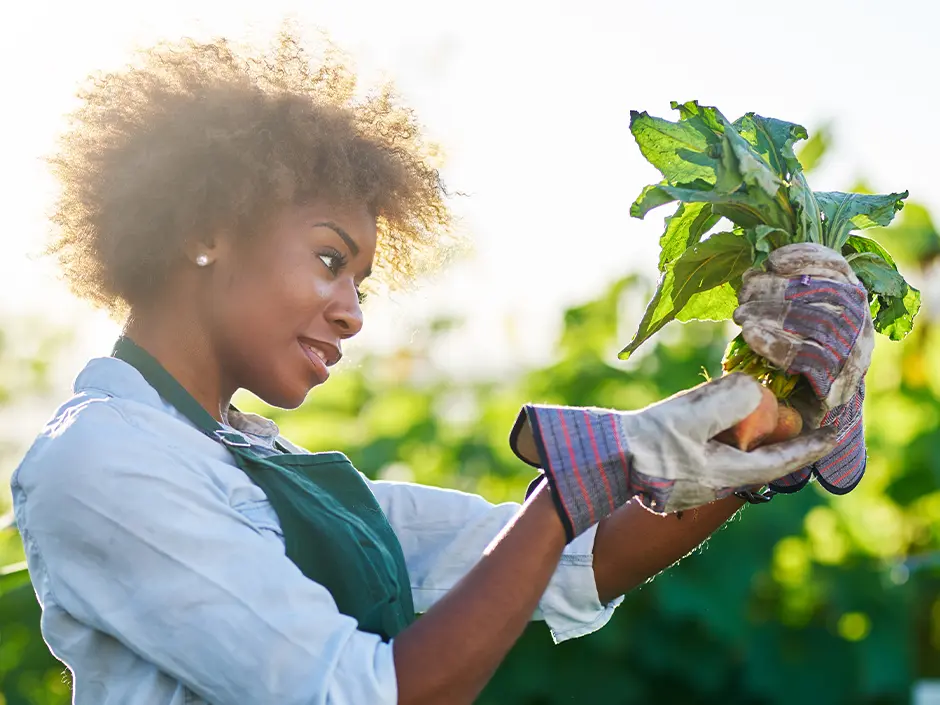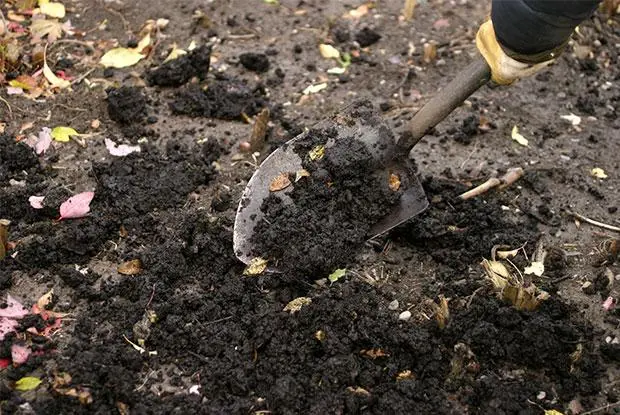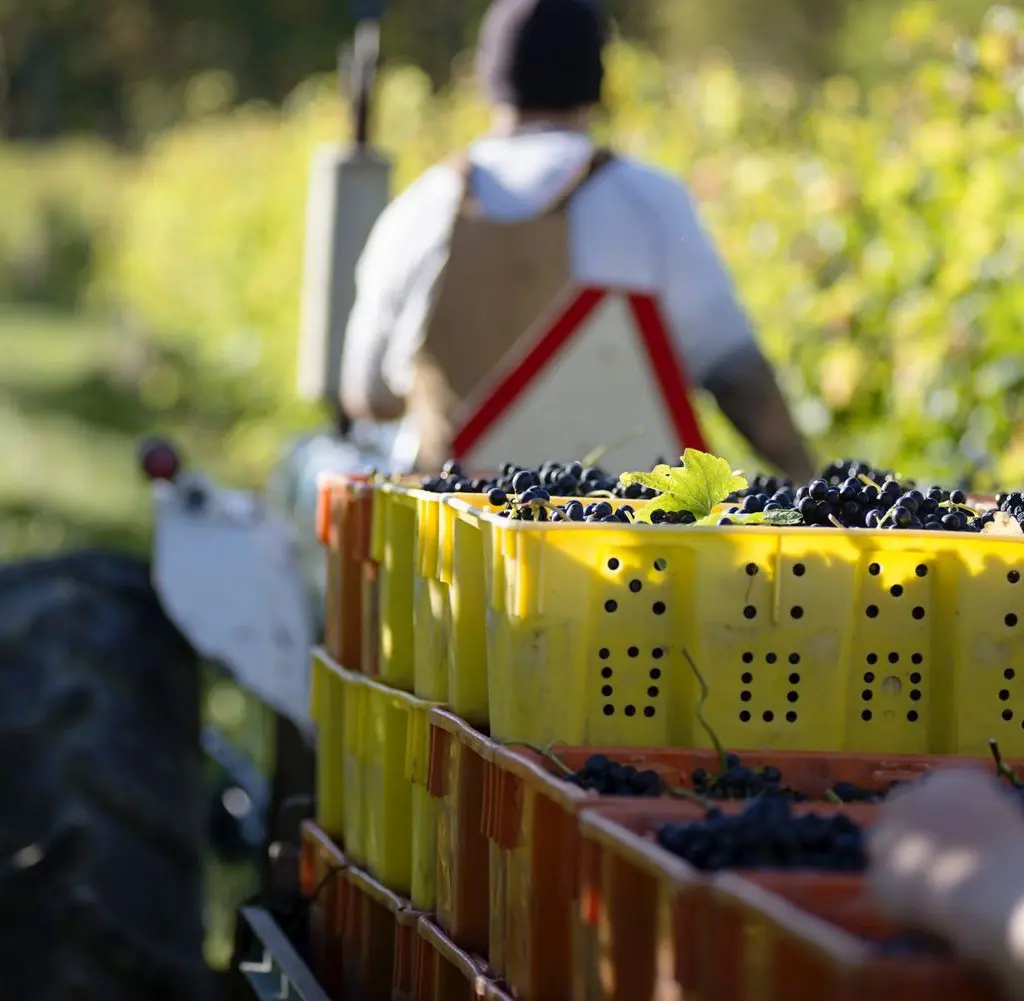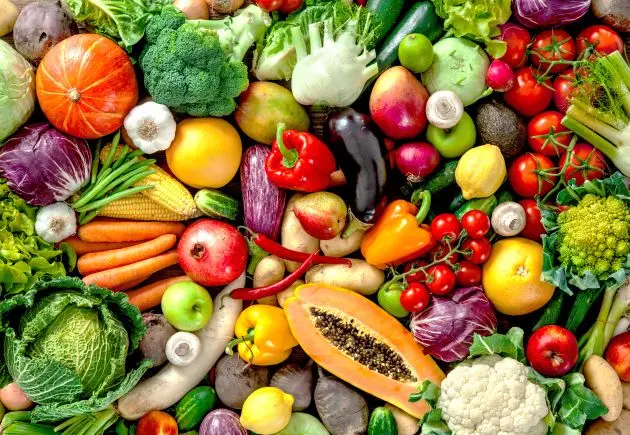
Growing vegetable is a sustainable, rewarding way to enjoy nutritious produce and connect with nature. This beginner’s guide provides steps for successful cultivation.
Choose the Right Location

The first step to a thriving vegetable garden is selecting an appropriate location:
- Sunlight: Most vegetables require at least 6-8 hours of direct sunlight each day. Choose a spot with good sun exposure.
- Soil Quality: Invest in a soil test to determine your soil’s pH and nutrient levels. Vegetables thrive in well-drained, fertile soil with a pH level around 6.0 to 7.0.
- Accessibility: Ensure easy access to water, as your garden will need regular watering. Proximity to your home makes it more convenient to tend to your garden.
Plan Your Garden

Before planting, create a garden plan to maximize space and efficiency:
- Layout: Sketch your garden layout, including the placement of each vegetable crop. Consider companion planting, where compatible plants are grown together to deter pests and enhance growth.
- Crop Selection: Choose vegetables that are suitable for your climate and the available space. Beginners might start with easy-to-grow options like tomatoes, lettuce, peppers, and zucchini.
Prepare the Soil

Preparing the soil is crucial for your vegetable garden’s success:
- Remove Weeds: Clear the area of weeds and debris.
- Amend Soil: Add organic matter like compost or well-rotted manure to improve soil fertility and structure.
- Till the Soil: Use a garden tiller or hand tools to loosen and aerate the soil.
Plant Your Vegetables

When it’s time to plant, follow these guidelines:
- Spacing: Pay attention to recommended spacing between plants and rows. Crowding can lead to competition for nutrients and reduced yields.
- Depth: Plant seeds at the recommended depth and transplant seedlings at the same depth as they were in their containers.
- Watering: Water thoroughly after planting and provide regular, consistent watering throughout the growing season.
Maintain Your Garden

To keep your vegetable garden thriving, ongoing care is essential:
- Weed Control: Regularly remove weeds that can compete with your vegetables for resources.
- Mulching: Apply mulch to conserve moisture, suppress weeds, and regulate soil temperature.
- Fertilization: Depending on your soil’s needs, use organic or synthetic fertilizers to provide essential nutrients.
- Pest and Disease Management: Monitor your plants for signs of pests or disease and take appropriate action, such as using organic pest control methods or treatments.
Harvest Your Bounty

As your vegetables mature, it’s time to enjoy the fruits of your labor:
- Harvest Timely: Harvest your vegetables when they reach peak ripeness. Frequent harvesting encourages continued production.
- Use Fresh: Use your freshly harvested vegetables in your favorite recipes for the best flavor and nutrition.
Continuous Learning

Gardening is a continuous learning process:
- Keep Records: Maintain a gardening journal to track what works and what doesn’t, including planting dates, varieties, and yields.
- Experiment: Don’t be afraid to try new crops and techniques to expand your gardening skills.
- Learn from Others: Connect with local gardening communities, read books, or follow online gardening forums for valuable tips and advice.
Conclusion
Growing your own vegetables is a rewarding and eco-friendly way to embrace a healthier lifestyle while nurturing a deeper connection to nature. By choosing the right location, planning your garden, and providing ongoing care, you can cultivate your own vegetable garden successfully. Enjoy the fresh, flavorful produce from your garden and continue to learn and grow as a gardener. Happy gardening!


